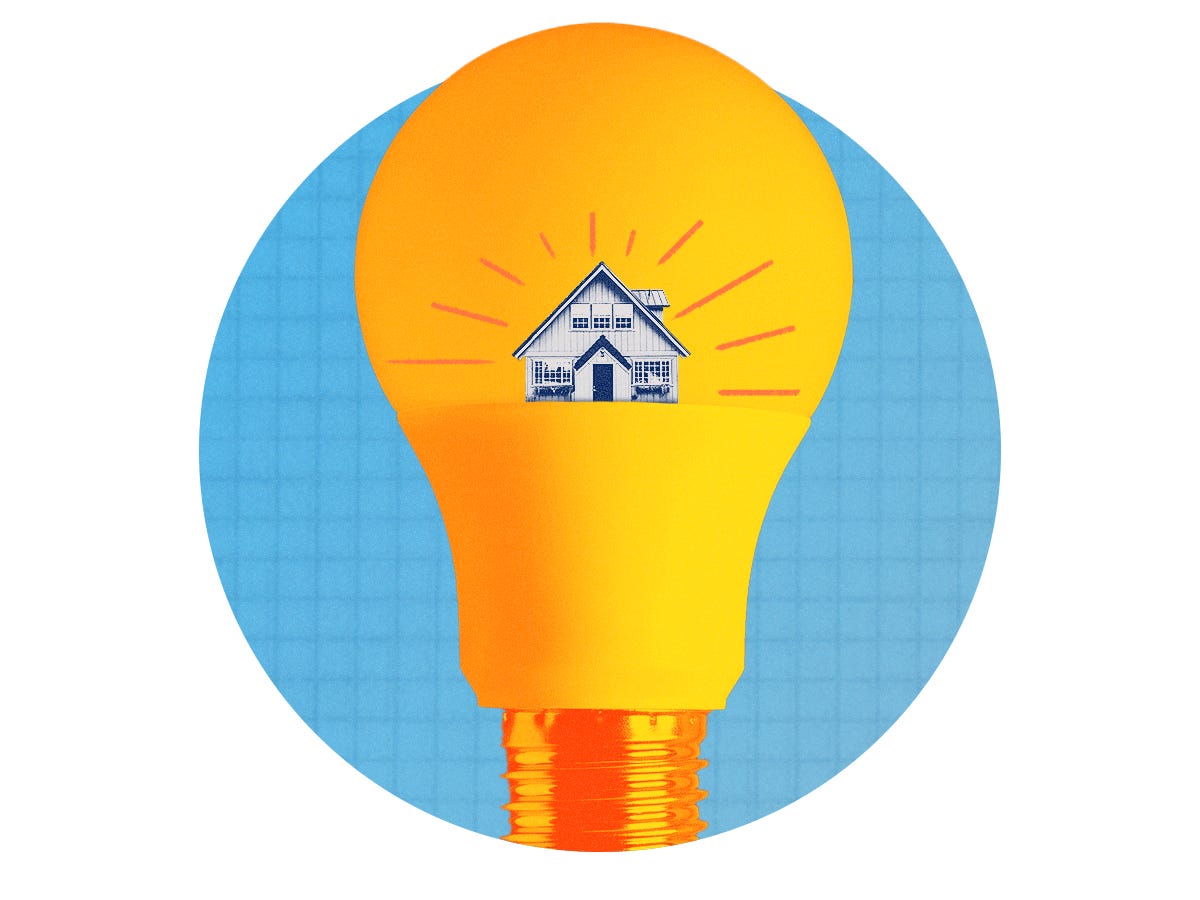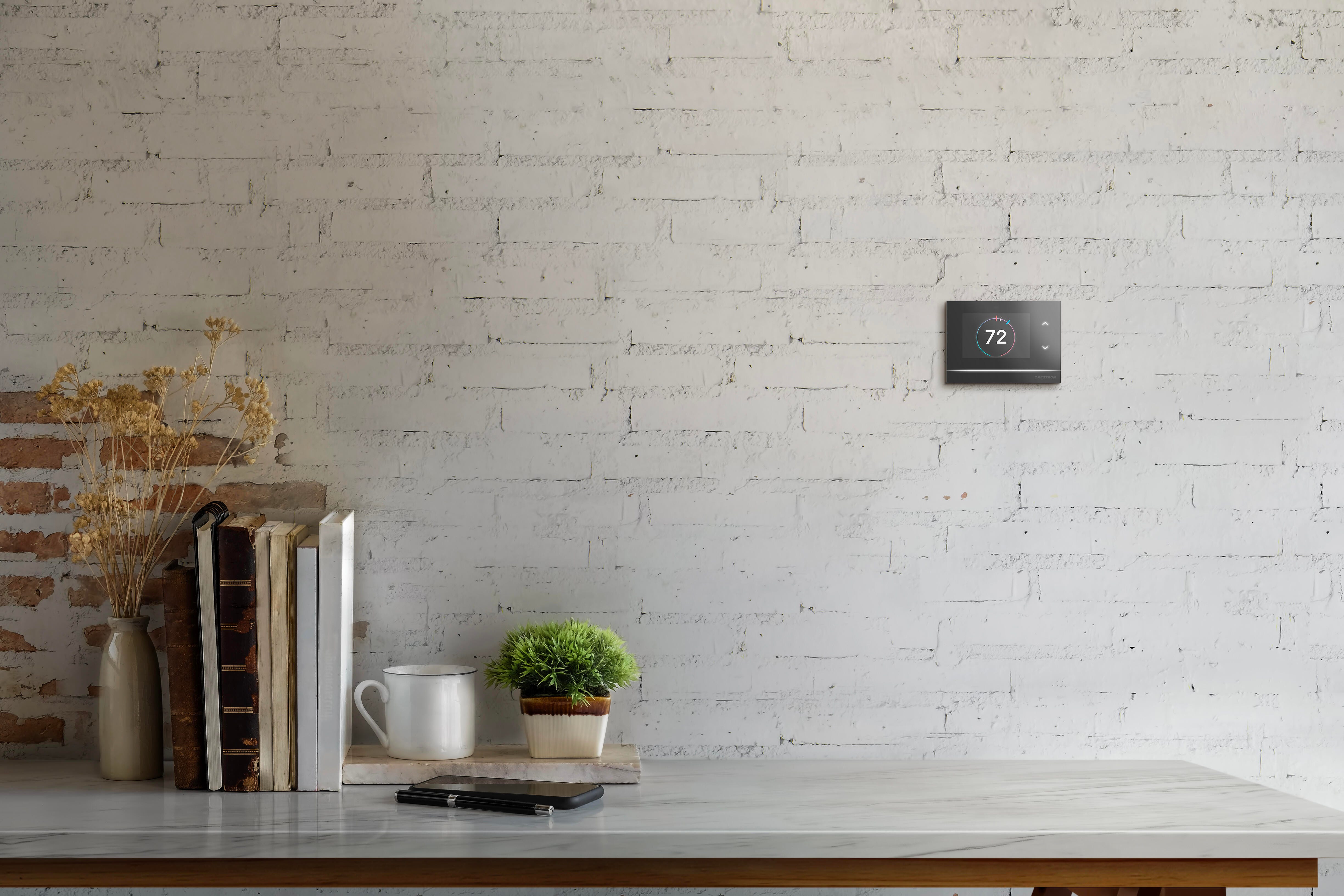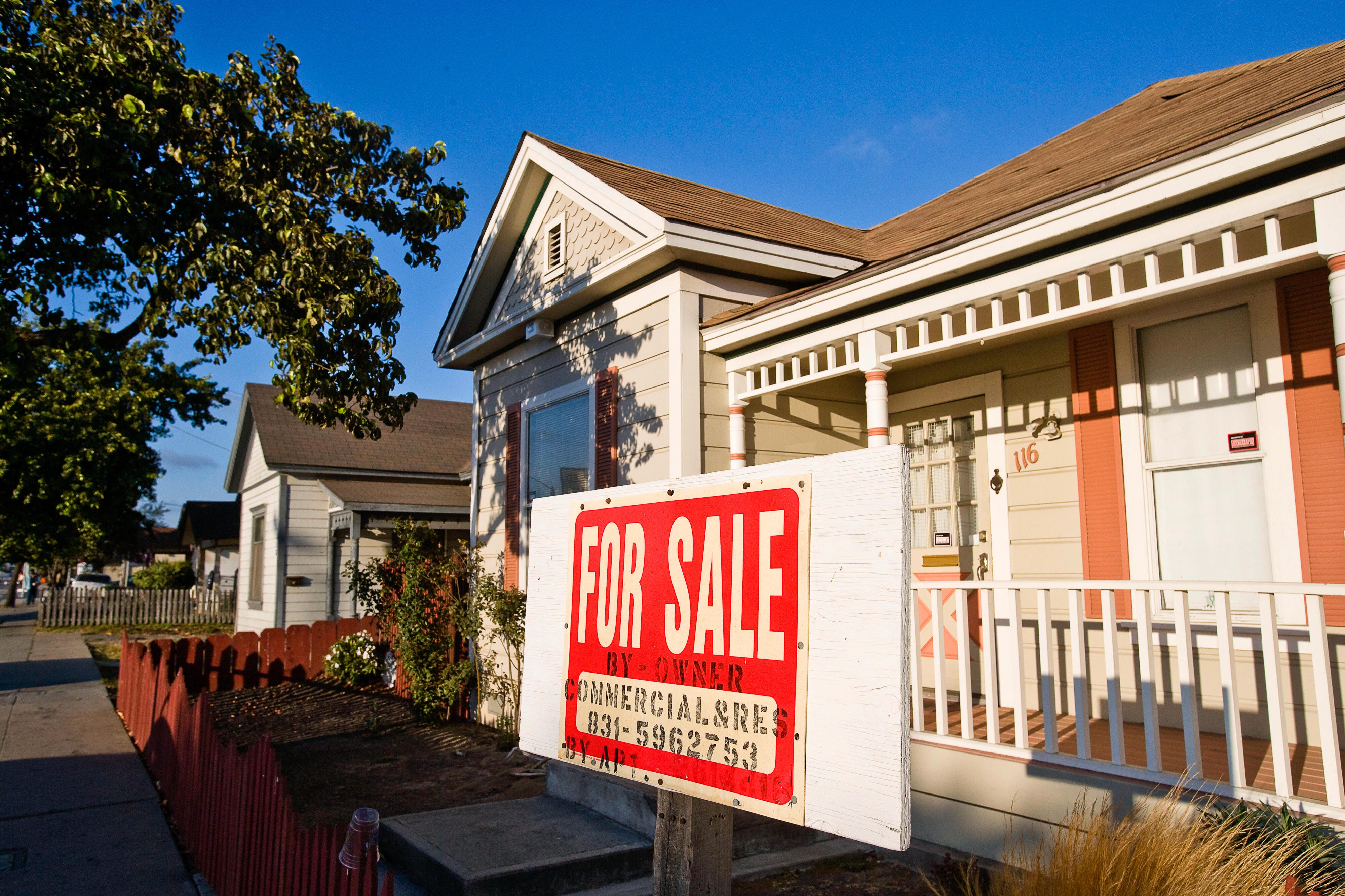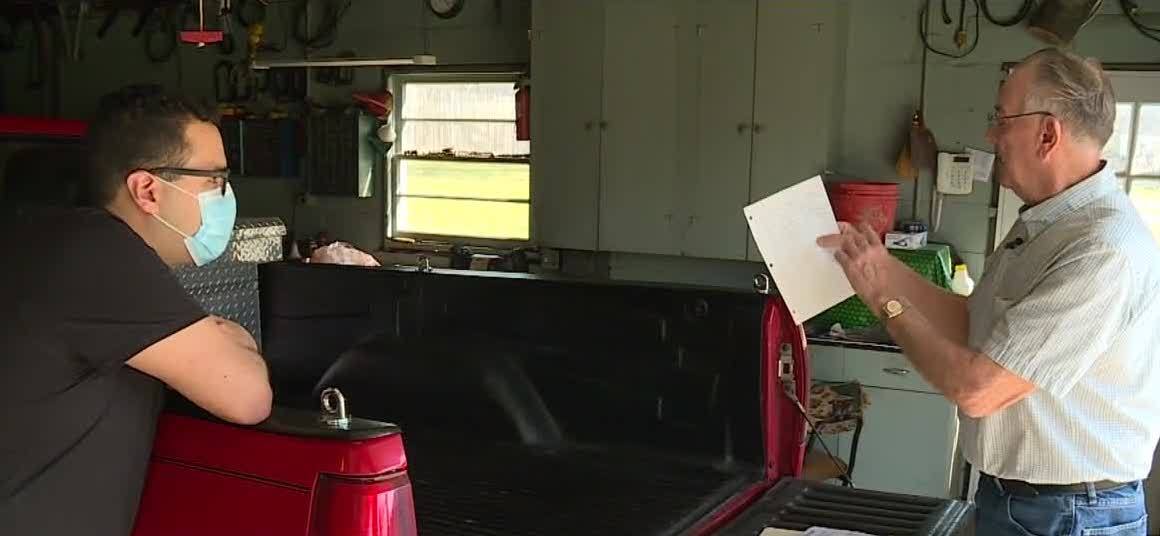Energy-efficient mortgages: How they work, who is eligible — and how to get approved – CNET
Energy Disrupter

Climate change is here — and it’s not going away — and governments across the globe are expanding financial incentives to reduce emissions. That extends to the US government, which has had an overlooked housing incentive in its back pocket — offering some homeowners an energy-efficient mortgage option, which can help you finance efficiency improvements, save on utility bills and even increase how much home you can afford.
At a basic level, an EEM expands the amount you can borrow when you invest in efficiency upgrades. If you qualify, you can combine the cost of those efficiency improvements right into your monthly mortgage payment. Projects that may qualify include an efficiency audit as well as labor, equipment, inspections and active and passive solar and wind technologies. Read on to learn more about energy-efficient mortgages — including what they are, how they work, who is eligible for them, and how to get approved for one.
What is an energy-efficient mortgage?
There are a lot of tax incentives and rebates to help you finance home energy-efficiency projects, but an EEM can help you even before you buy a new home. In fact, this kind of financing may apply whether you’re buying, selling or refinancing a home. Essentially, it’s an add-on program that helps you borrow more from a lender in order to upgrade your home’s energy efficiency.
If you’re a new home buyer, an energy-efficient mortgage can help you also afford a more expensive home. It takes into account the projected lower utility costs of an energy-efficient home, so that you can afford a slightly higher monthly mortgage payment.
What type of loans cover an EEM?
Regardless of what type of loan you’re applying for, you can get an EEM through a conventional loan, FHA loan or VA loan. A conventional loan is a mortgage not aided or insured by a government agency. An FHA loan is a mortgage that is insured by the Federal Housing Administration. Lastly, a VA loan is a mortgage that is insured by the US Department of Veterans Affairs and is only available to qualified military personnel, reservists and veterans.
Although resources for energy-efficiency incentives can vary by state, the most common conventional loans, Fannie Mae and Freddie Mac, both offer energy-efficiency financing.
The two are extremely similar, but there are a couple of differences — most notably, the maximum threshold for basic energy and water efficiency improvements without an energy report or assessment. For Fannie Mae, the threshold is up to $3,500; while for Freddie Mac, it’s equal to or less than $6,500. There’s a couple of slight differences in their occupancy and property eligibility as well, as shown in the chart below.
Fannie Mae and Freddie Mac EEM comparison
| Fannie Mae’s HomeStyle Energy Mortgage | Freddie Mac’s GreenChoice Mortgage | |
| Maximum LTV (loan to value ratio) | Up to 97% | Up to 97% |
| Financing energy related improvements | Up to 15% of “as completed” appraised property value | 15% of “as completed” value of the property |
| Occupancy & property eligibility | All 1 to 4 existing properties; manufactured housing (no structural changes); all occupancy types permitted | 1 to 4 unit property types (condos, manufactured homes, and new and existing properties); manufactured homes (no structural changes); cooperative units (if permitted) |
| Energy Reports | No energy report required for: Basic weatherization and water efficiency items up to $3,500; water efficiency devices; renewable energy resources, such as solar panels, wind power devices, and geothermal systems; environmental hazard damage repairs or resiliency improvements | No energy report required for: Basic energy and/or water efficiency improvements with an aggregate cost of less than or equal to $6,500 |
Two takes on an EEM: Fannie Mae vs. Freddie Mac
Fannie Mae has an energy-efficient mortgage called “HomeStyle Energy Mortgage” that allows you to purchase a home that is energy-efficient, or will be after some improvements are made. Like most energy-efficient financing, Fannie Mae requires you to have an energy assessment done on the home by a Home Energy Ratings System rater, or other qualified energy assessor.
Now, if the improvements you’re making are under $3,500 or meet certain criteria, like in the chart above, then you can opt out of having the energy assessment done. For Fannie Mae’s HomeStyle Energy Mortgage, basic weatherization includes things like air sealing, duct sealing, insulation, smart thermostats, and replacing windows and doors.
However, it is still recommended to get an energy assessment in any case, to find out the most effective ways to improve your home’s energy efficiency. The costs of the energy assessment and the energy-efficient updates that will be done to the house are incorporated into the purchase EEM.


Freddie Mac also has an energy-efficient mortgage called “GreenChoice Mortgage”. Like Fannie Mae’s EEM, Freddie Mac requires you to have an energy assessment done on the home by a HERS rater, or other qualified energy assessor, but the threshold is a little different.
For Freddie Mac, if the total cost of improvements you’re making are at or under $6,500, then you can forgo the energy assessment. Under their terms, basic energy improvements cover things like weather stripping, insulation, air sealing, air conditioning or heating replacement to higher efficiency, solar water heaters, low-flow water fixtures, high-efficiency appliances, programmable thermostats and replacing windows and doors.
Again, it’s highly recommended to have an energy assessment to determine the most cost-effective areas where you can improve your home’s energy efficiency. Like Fannie Mae, Freddie Mac’s GreenChoice Mortgage allows you to build the costs of an energy assessment and the energy-efficient updates into the purchase mortgage.


For more information, contact your state’s energy office
Beyond energy-efficient mortgages, there are also tax deductions and rebates that you may be eligible for when you make energy updates to your new or current home. For more information on energy-efficient financing and where you can apply for an EEM, check out your state’s energy office.
Original Source: https://www.cnet.com/personal-finance/mortgages/energy-efficient-mortgages-how-they-work-who-is-eligible-and-how-to-get-approved/
















